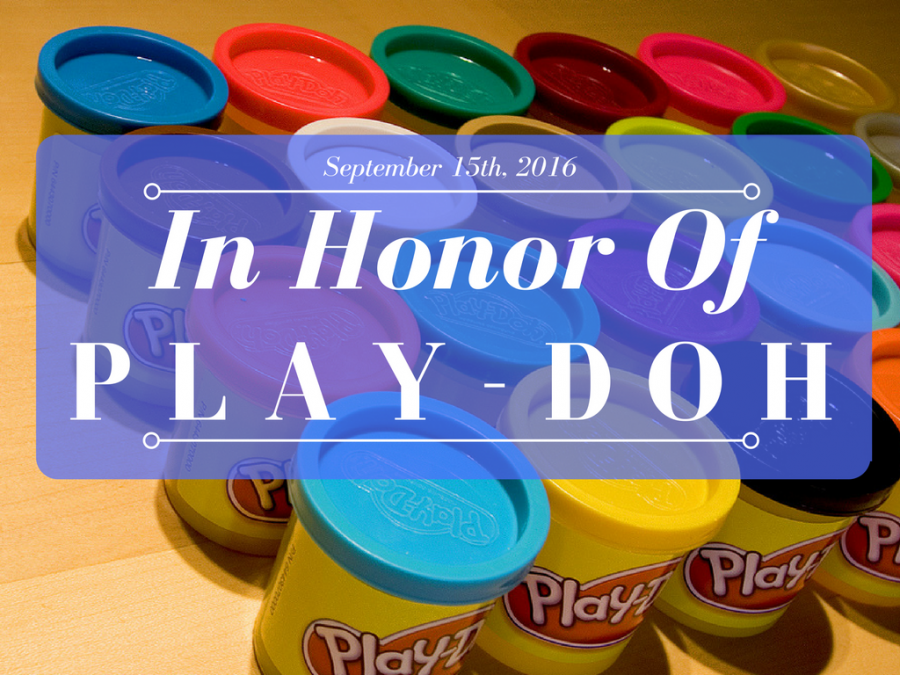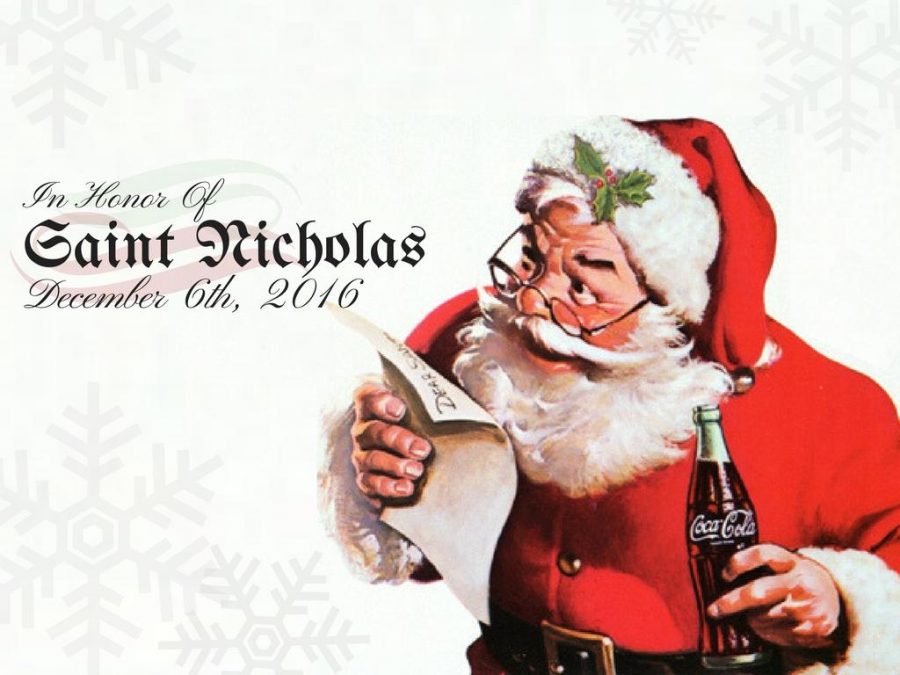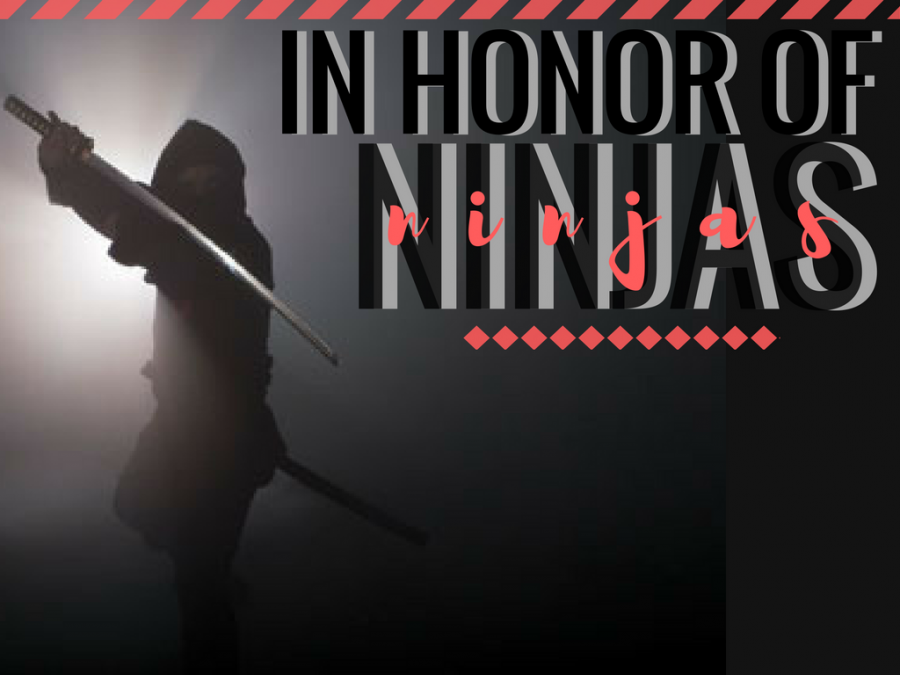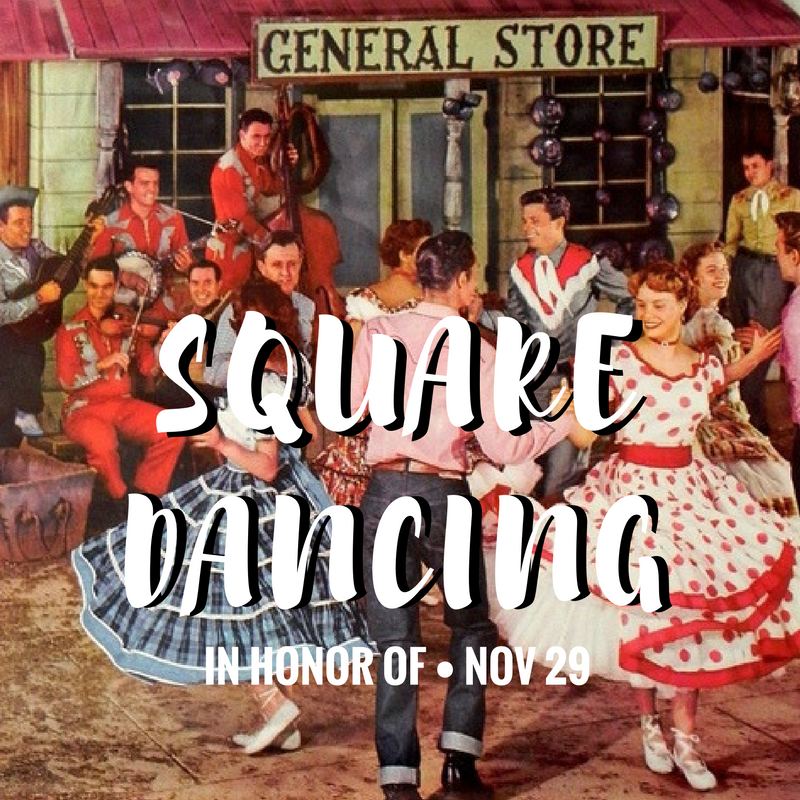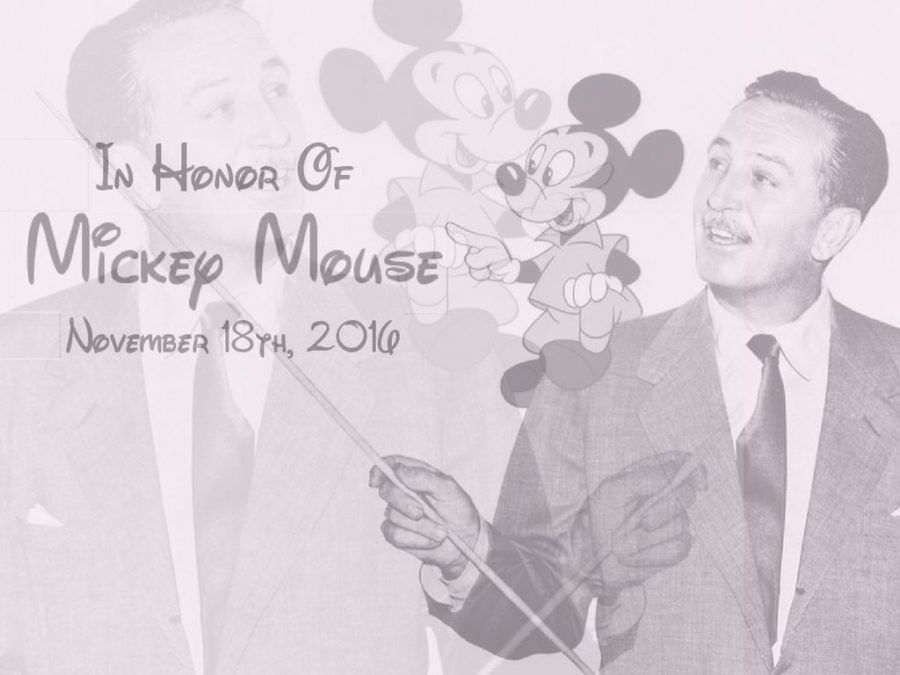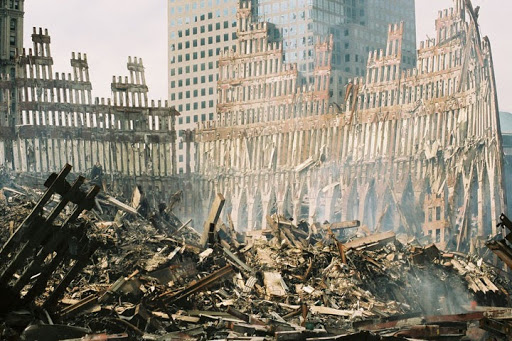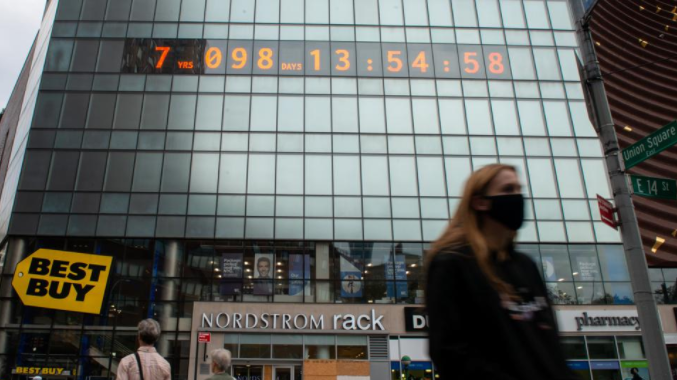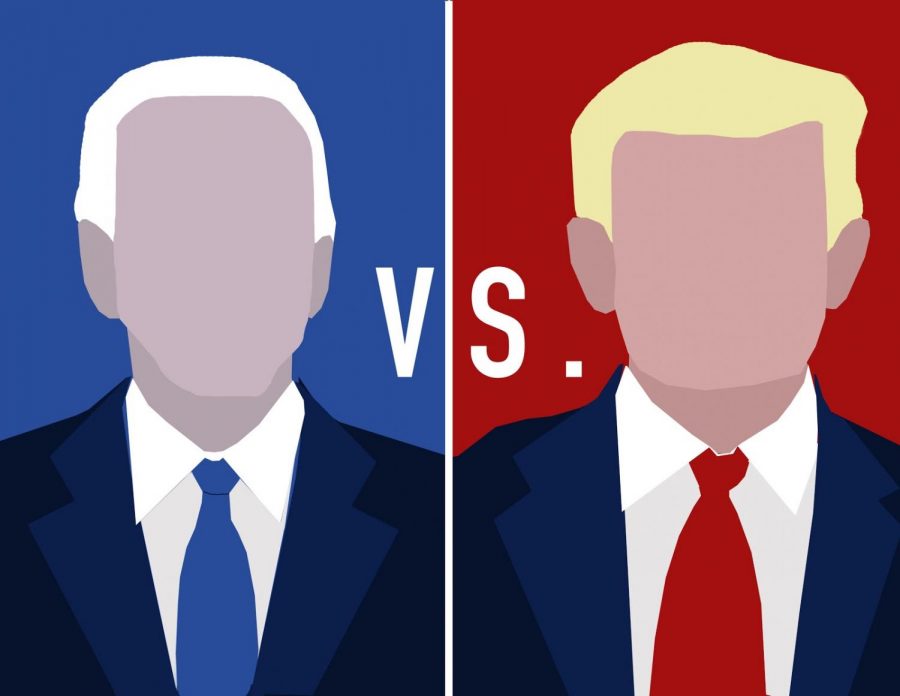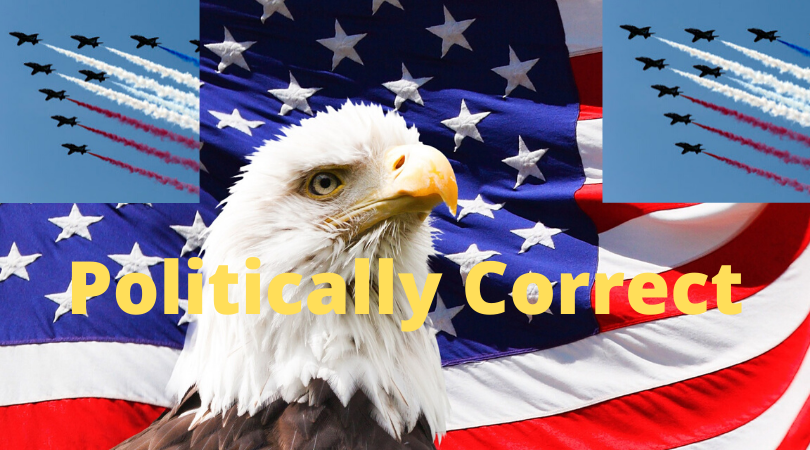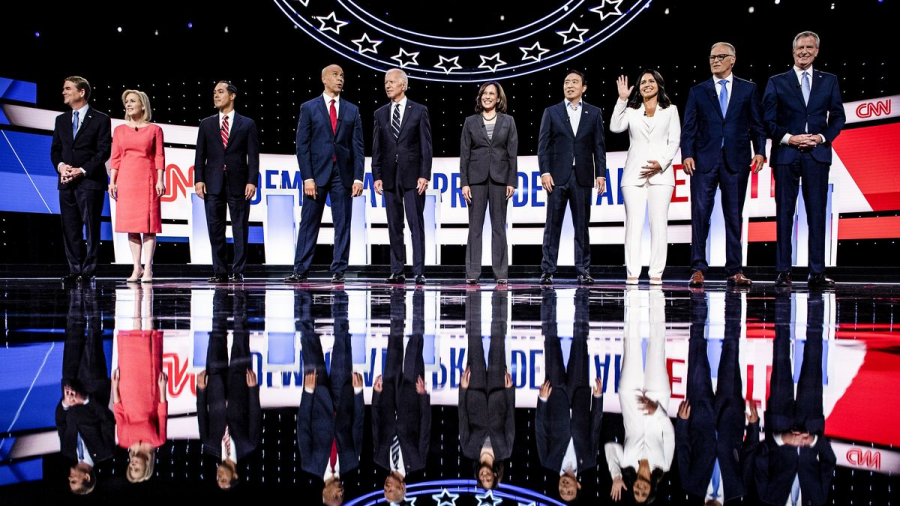September 16th is national Play-Doh day.
If a grown man nowadays told kids to go play with some cleaning supplies he happened to manufacture, a few eyebrows would be raised (and maybe some restraining orders passed). But if the slogan fun to play with, but not to eat! rings a bell, then you’ll be surprised to find out that that’s pretty much how Play-Doh came onto the scene.
In the early 1950s, a man by the name of Joe McVicker manufactured a squishy product called Cincy that was used to clean wallpaper of all things. He’d noticed in schools that the clay they’d been using was too tough for the little kids to work with, so he thought that his cleaning product would be a good substitute. He went around locally at first, marketing it to the Cincinnati area and offering to ship it to all of the local schools. It gained traction from there, going on to be featured in a national education convention in 1955, and ultimately being sold in the likes of Macy’s and Marshall Field’s after a few tweaks to the product that made it even easier to work with and more colorful.
Since production began, it’s thought that over 700 million pounds of Play-Doh have been produced. That’s million with a capital M. For perspective, Hasbro, the company that makes the childhood staple has said that if you ran that much Play-Doh through their Fun Factory accessory, it would be long enough to wrap around the equator three hundred times.
That’s a lot of Doh, bro.
If you’re interested in diving deeper into the rich history of the children’s toy (because who wouldn’t be?), you can find more on Play-Doh here and here.

